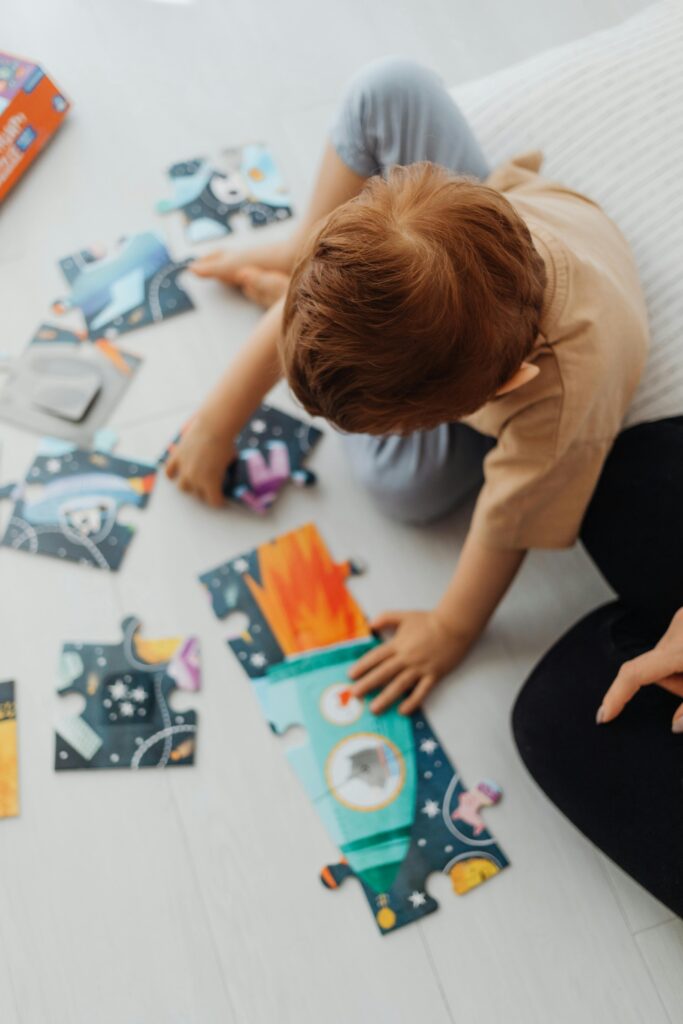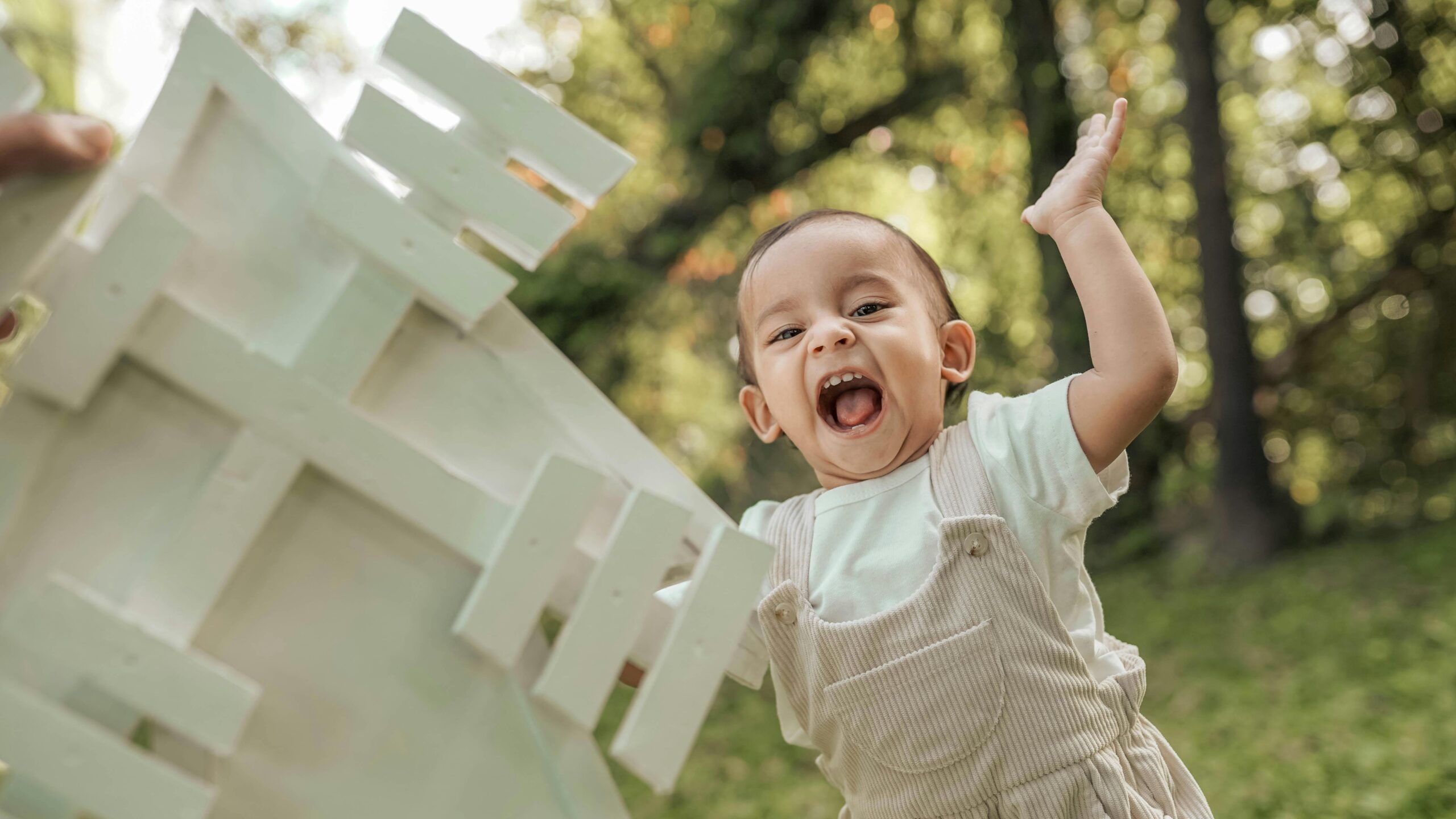As your baby nears their first birthday, they’re hitting some amazing milestones and officially stepping into toddlerhood. Between 9 and 12 months, they’re strengthening big movements like pulling up to stand and might even try those first steps. They’re also starting to make sounds that resemble words, helping build language skills. Watching for speech development activities for toddlers can support this exciting stage.
Seeing your toddler learn and connect with others is truly special, says Dr. Katherine Williamson from the Children’s Hospital of Orange County Primary Care Network. “It’s an exciting time for parents as their babies become more social and interact with others,” she explains.
Play is “very important” right now, adds Dr. Williamson, and using speech development activities for toddlers helps encourage both their language and motor skills. Here are 15 fun ideas to keep them engaged and learning.
Top Speech Development Activities for Toddlers to Encourage Language Skills
Although they aren’t speaking full words yet, your 1-year-old is making progress in vocalizing sounds and understanding language. These activities will encourage their speech development.
- Talking Walk
What you’ll need: Nothing.
Why it’s good for 1-year-olds: It might seem simple, but walking around your home and naming everything you see helps your toddler start recognizing new words. Dr. Rebecca N. Dudovitz, narrating your day and pointing out objects can help improve their language skills. Let your child touch safe objects as you name them to add a sensory element. - Outdoor Exploration
What you’ll need: A place to walk outdoors and a small bag.
Why it’s good for 1-year-olds: Nature provides endless learning opportunities, and taking your child on a sensory nature walk is an ideal way to engage them at this age, says Dr. Donna Housman. Bring along a small basket or bag, and let your toddler collect objects like leaves or flowers while you narrate what they are touching and seeing. - Discovery Drawer
What you’ll need: A low drawer filled with safe household items.
Why it’s good for 1-year-olds: Children this age are naturally curious. Set up a drawer your child can safely explore with items like Tupperware, wooden spoons, and measuring cups. - Puppet Time
What you’ll need: A toy puppet or homemade sock puppet.
Why it’s good for 1-year-olds: Puppets are a great way to engage your child, especially during mealtimes. Use short sentences to talk through the puppet, pointing out your child’s food or body parts. - Storytime
What you’ll need: Books.
Why it’s good for 1-year-olds: Reading is essential at every stage. Bright, colorful books with familiar objects work best for this age. Even if your child uses baby talk, respond with the correct word to help reinforce language learning.

Speech Development Activities for Toddlers to Boost Problem-Solving Skills
Your 1-year-old is beginning to figure out how objects work and how they can move them around. These activities foster problem-solving skills.
- Fill-and-Empty
What you’ll need: Small toys and plastic containers.
Why it’s good for 1-year-olds: Most children this age can put small objects into containers, which helps with problem-solving and encourages pretend play, says Dr. Williamson. - Egg Roll Game
What you’ll need: Plastic eggs, a ramp, and baskets.
Why it’s good for 1-year-olds: Rolling “dinosaur eggs” (plastic eggs) down a ramp into baskets teaches basic cause-and-effect and can encourage turn-taking if you’re playing with others. - Bathtime Fun
What you’ll need: A few plastic cups or containers.
Why it’s good for 1-year-olds: A midday bath can brighten a toddler’s mood. Different-sized cups allow your child to practice pouring water, which helps them understand water flow and height differences. - Toy Car Ramp
What you’ll need: A ramp and toy cars.
Why it’s good for 1-year-olds: Toys with moving parts, like cars and trucks, can captivate toddlers. Setting up a ramp helps your child solve how to make their toys move faster or slower. - Hide-and-Seek with Toys
What you’ll need: Small toys and a blanket.
Why it’s good for 1-year-olds: Hide toys under a blanket and encourage your child to find them. This simple game enhances problem-solving and spatial awareness.
Read more: Early signs of hearing loss in toddlers Ages 1 to 3
What to Do About Your Kid’s Potty Training Regression

Best activities to encourage walking
If your toddler isn’t walking yet, don’t worry—many children take their first steps between 9 and 15 months. These activities will help them gain confidence with standing, cruising, and eventually walking on their own.
- Activity Table
What you’ll need: A low table or activity center with toys.
Why it’s good for 1-year-olds: As your child pulls up to stand, an activity table can keep them interested and motivate them to stay standing longer, building their leg strength. - Indoor Obstacle Course
What you’ll need: Sturdy furniture or chairs.
Why it’s good for 1-year-olds: Cruising—walking while holding onto furniture—is a great precursor to independent walking. Set up an obstacle course using chairs and ottomans for your child to navigate. - Taped Toys
What you’ll need: Painter’s tape and small toys.
Why it’s good for 1-year-olds: Stick toys along the wall at different heights. Your toddler will want to stand up and investigate, which helps improve balance and muscle strength. - Yoga Ball Balance
What you’ll need: A large yoga ball.
Why it’s good for 1-year-olds: The wobbly nature of a yoga ball challenges your child’s balance and coordination. Rolling the ball back and forth also works on motor skills. - Toddler Massage
What you’ll need: Baby oil or lotion, and soft music.
Why it’s good for 1-year-olds: After a busy day of crawling and cruising, massage helps soothe and relax your toddler’s muscles. It also promotes flexibility and offers a calming bonding experience.
Read more: Team Building Activities for Kids: Fun and Engaging Ways to Build Connections
How to Deal with Sibling Rivalry: Understanding and Managing Common Conflicts
Developmental milestones for a 1-year-old
By their first birthday, many children are learning new problem-solving skills, such as finding hidden objects or placing items in containers. Communication skills are also blossoming. At 12 months, your toddler may understand basic words like “no” and refer to a parent with names like “mama” or “dada.”
How much playtime should a 1-year-old have?
Play makes up a significant portion of a 1-year-old’s day. According to Dr. Williamson, they need at least one hour of unstructured (but supervised) play, plus at least 30 minutes of structured activities led by a parent or caregiver.
Example of a daily schedule for a 1-year-old
Every toddler is different, but here’s a typical daily schedule for a 1-year-old who still takes two naps:
- 7:00 a.m.: Wake up
- 7:30 a.m.: Breakfast
- 8:00 a.m. – 9:30 a.m.: Playtime
- 9:30 a.m. – 11:00 a.m.: Nap
- 11:00 a.m. – Noon: Playtime
- Noon: Lunch
- 12:30 p.m. – 2:00 p.m.: Playtime
- 2:00 p.m. – 3:30 p.m.: Nap
- 3:30 p.m. – 5:00 p.m.: Playtime
- 5:00 p.m.: Dinner
- 6:00 p.m.: Bathtime
- 6:30 p.m. – 7:30 p.m.: Playtime
- 7:30 p.m.: Storytime
- 8:00 p.m.: Bedtime










